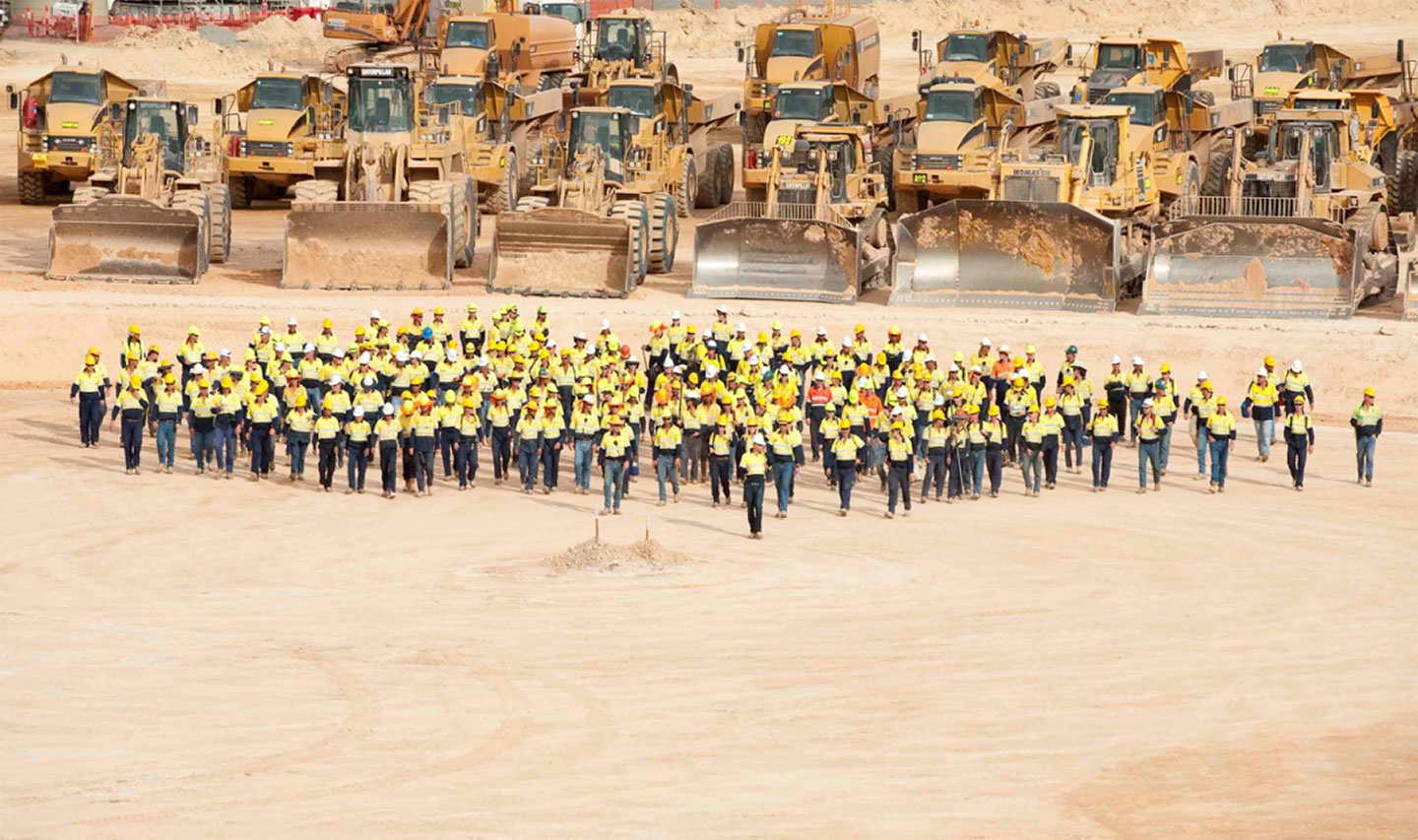B. Bhandar, “Title by Registration: Instituting modern property law and creating racial value in the settler colony,” Journal of Law and Society 42, no. 2 (June 2015); S. Keenan, “Smoke, Curtains and Mirrors: The Production of Race Through Time and Title Registration,” Law and Critique 28, no. 1 (October 2016); R. Mawani, “Law, Settler Colonialism, and the Forgotten Space of Maritime Worlds,” Annual Review of Law and Social Science 12 (2016): 107–31. For the significant Aboriginal critical race scholarship on white possession by the leading Aboriginal/Australian scholar, see Aileen Moreton-Robinson’s piece in this issue.
See →.
The “Northern Territory Emergency Response Intervention” in 2007 saw the Australian federal government send six hundred army troops into seventy-three Aboriginal communities, imposing government-appointed Community Business Managers and removing community decision-making structures. It also imposed racially profiled legislation that cut cash welfare benefits for Aboriginal people, allocating those funds instead through a cashless card. The intervention also forced Aboriginal groups (most of whose land is held as freehold under the NT Land Rights Act) to give the government long, rent-free leases of the land (five to forty years). This was different in Alice Springs town camps because they are governed by different legislation. Many of these policies continue today through the Stronger Futures Legislation and have been extended to affect remote communities and titled land in Western Australia and South Australia.
Gladstone is also my hometown of four generations, and a key site of the artistic research for my The Gas Imaginary. See also Lindy Nolan, Driving Disunity: The Business Council Against Aboriginal Community (Spirit of Eureka, 2017); Lily Maire O’Neill, A Tale of Two Agreements: Negotiating Aboriginal Land Access Agreements in Australia’s Natural Gas Industry, doctoral thesis (law), January 2016, University of Melbourne →.
Lorna McDonald, Gladstone: The City that Waited (Boolarong Press, 1988).
See →.
Between 2010 and 2014, around 10.7 million cubic meters of dredge spoil was dumped within the UNESCO world heritage protected area of the Great Barrier Reef. Of this, 2.3 million cubic meters was dumped in disposal grounds located inside the Great Barrier Reef marine park. See →.
See →.
Queensland Environmental Practice Reporter, Volume 22, Issue 93, 2016. See →.
See L, Keogh. “‘The First Four Wells: Unconventional Gas in Australia”’. M/C Journal, (S.l.), v. 16, n. 2, mar. 2013. See →.
G. Foley, Native Title is not Land Rights: An Alternative Indigenous Perspective, 1999 (unpublished).
Histories somewhat rhyme; the politics and ontology are not comparative. The Battle of One Tree Hill was an ambush-style blockade of low-casualty harassment, highly effective in making pastoralists surrender their sheep runs two and three times over, and also historically undervalued as “resistance” or “warfare” by Western military historians’ cultural categories, which assumed aims of annihilation. See →.
Anna Krien, “The Long Goodbye: Coal, Coral and Australia’s Climate Deadlock,” Quarterly Essay 66 (2017).
E. Povinelli, Geontologies: A Requiem to Late Liberalism (Duke University Press, 2016).
See →.
L. Lippard and J. Chandler, “The Dematerialization of Art,” Art International, February 1968.
E. Povinelli, “The Governance of the Prior,” Interventions: International Journal of Postcolonial Studies 13, no. 1 (2011): 13–30.
D. F. da Silva, Toward a Global Idea of Race, Borderlines Series, vol. 27, Minneapolis: University of Minnesota Press, 2007.
See →.
Robert Smithson, “Incidents of Mirror-Travel in the Yucatan,” Artforum, September 1969.
Another text reads: “The visual beauty of a garden of pure colour would be outweighed by the noxious destructiveness of sulphur and tar. / Like the La Brea tarpits very little would escape this glossy viscous ‘lake’ or the suffocating odor of ‘the golden hills.’ / Like the beautiful butterfly that ‘tastes bad’ living insects and birds, plants and animals would probably die in this garden.”
As in, for example, I. Graw, “Dedication replacing Appropration: Fascination, Subversion and Dispossession in Appropriation Art,” in Louise Lawler and Others, eds. George Baker, Jack Bankowsky et al. (Hatje Cantz Publishers, 2004).
K. Cohen, “The Painter of Dematerialization,” Journal of Visual Culture, July 2016.
I am pointing to Kris Cohen’s rigor on law, digitality, and the concept of a deeper colonial history and legacy of finance.
L. Lippard, Six Years: The Dematerialization of the Art Object, 1966 to 1972 (University of California Press, 1973).
Keenan, “Smoke, Curtains and Mirrors,” drawing on K. Green, “Citizens and Squatters: Under the Surfaces of Land Law,” in Land Law: Themes and Perspectives, eds. S. Bright and J. Dewar, (Oxford University Press, 1998): 229–56.
Resina Mawani shows that a vast exchange of legal imagination takes place quite literally across and through the ocean at this time. R. Mawani, “Law, Settler Colonialism, and the Forgotten Space of Maritime Worlds.”
R. R. Torrens, The South Australian System of Conveyancing by Registration of Title, with Instructions for the Guidance of Parties dealing, illustrated by Copies of the Books and Forms in use in the Lands Titles Office (1859), 4. Quoted in Bhandar, “Title by Registration,” 254.
Torrens, The South Australian System, 127.
Keenan, “Smoke, Curtains and Mirrors.”
See →.
Ritter, “The ‘Rejection of Terra Nullius’ in Mabo: A Critical Analysis,” Sydney Law Review 18, no. 5 (March 1996).
A. Pottage, “The Originality of Registration,” Journal of Law and Society, 2015. Quoted in Bhandar, “Title by Registration.”
G. Taylor, Law of the Land: The Advent of the Torrens System in Canada (University of Toronto Press, 2008).
H. Lim and K. Green, Cases and Materials in Land Law (Pearson, 1995). Quoted in Keenan, “Smoke, Curtains and Mirrors,” 97.
Keenan, “Smoke, Curtains and Mirrors.”
Kastom, property and ideology: land transformations in Melanesia, eds. S. McDonnell, M. Allen, and C. Filer (Australian National University Press, 2017).
G. Cresciani, Transfield: The First Fifty Years (ABC Books, 2011).
The author would like to thank and acknowledge Roxley Foley (Gumbaynggirr), Juliri Ingra and Jacki Johnson (Gooreng Gooreng), and Sarah Keenan towards the presentation of this text.
